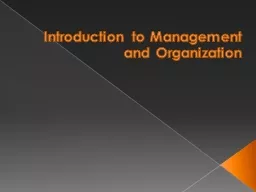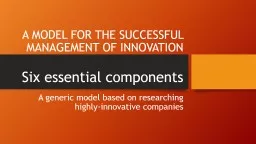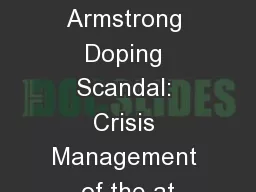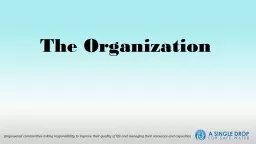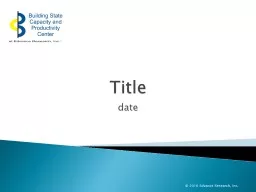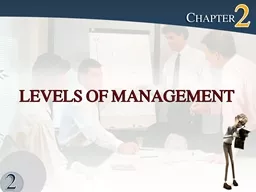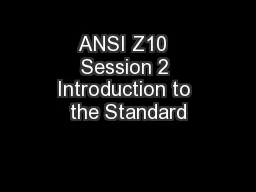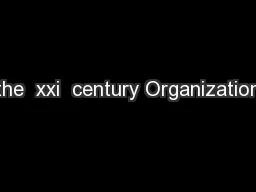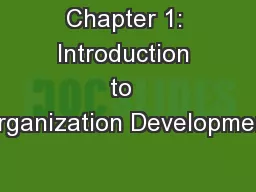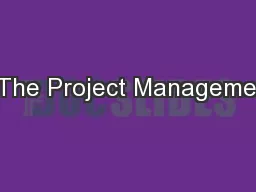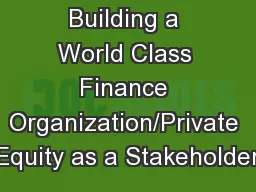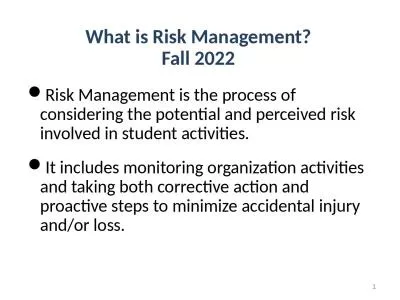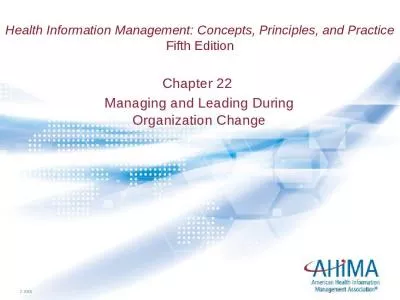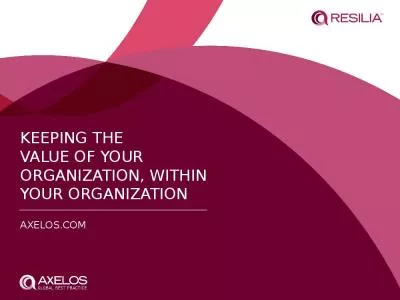PPT-Introduction to Management and Organization
Author : ceila | Published Date : 2021-12-09
Homework Group Group of 5 submit in paper Due next Wednesday 16 th before class start Read Chapter1 before class and answer the following questions Explain how
Presentation Embed Code
Download Presentation
Download Presentation The PPT/PDF document "Introduction to Management and Organizat..." is the property of its rightful owner. Permission is granted to download and print the materials on this website for personal, non-commercial use only, and to display it on your personal computer provided you do not modify the materials and that you retain all copyright notices contained in the materials. By downloading content from our website, you accept the terms of this agreement.
Introduction to Management and Organization: Transcript
Download Rules Of Document
"Introduction to Management and Organization"The content belongs to its owner. You may download and print it for personal use, without modification, and keep all copyright notices. By downloading, you agree to these terms.
Related Documents

